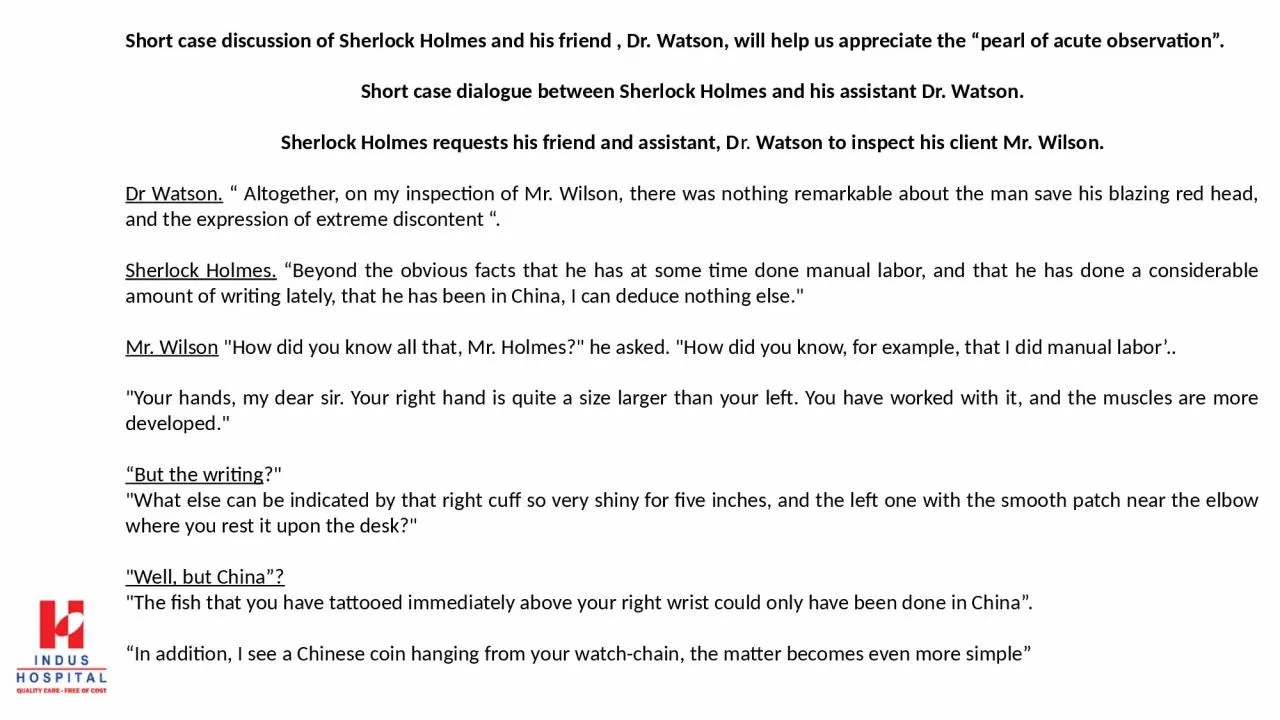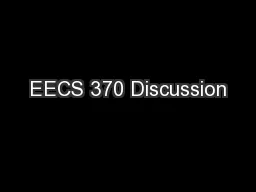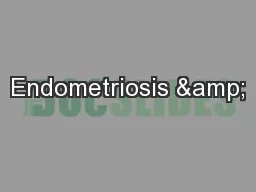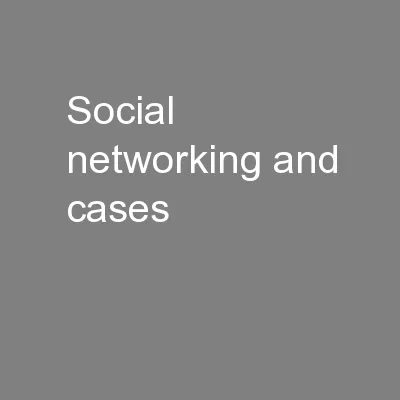PPT-Short case discussion of
Author : teresa | Published Date : 2024-01-03
Sherlock Holmes and his friend Dr Watson will help us appreciate the pearl of acute observation S hort case dialogue between Sherlock Holmes and his
Presentation Embed Code
Download Presentation
Download Presentation The PPT/PDF document "Short case discussion of" is the property of its rightful owner. Permission is granted to download and print the materials on this website for personal, non-commercial use only, and to display it on your personal computer provided you do not modify the materials and that you retain all copyright notices contained in the materials. By downloading content from our website, you accept the terms of this agreement.
Short case discussion of: Transcript
Download Rules Of Document
"Short case discussion of"The content belongs to its owner. You may download and print it for personal use, without modification, and keep all copyright notices. By downloading, you agree to these terms.
Related Documents














